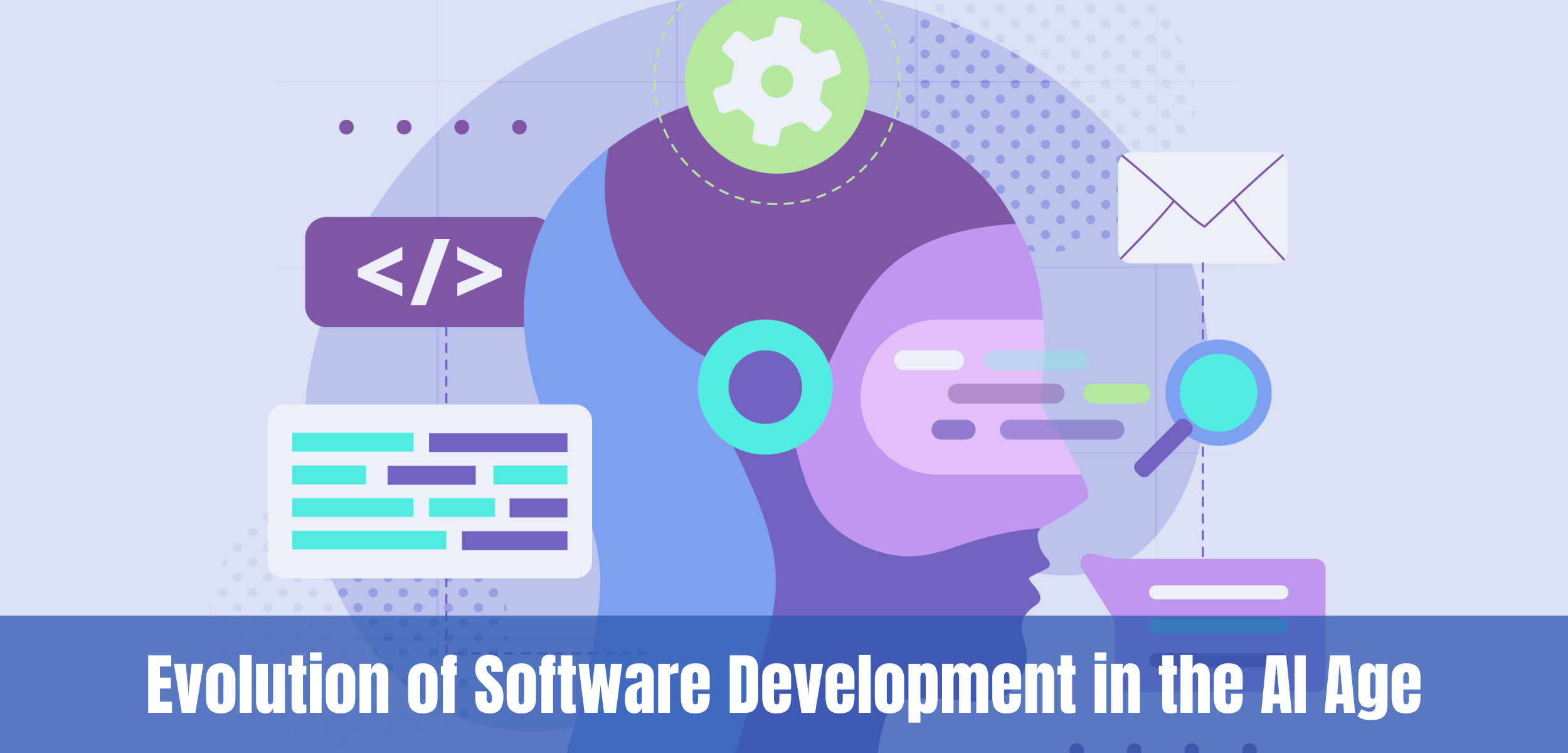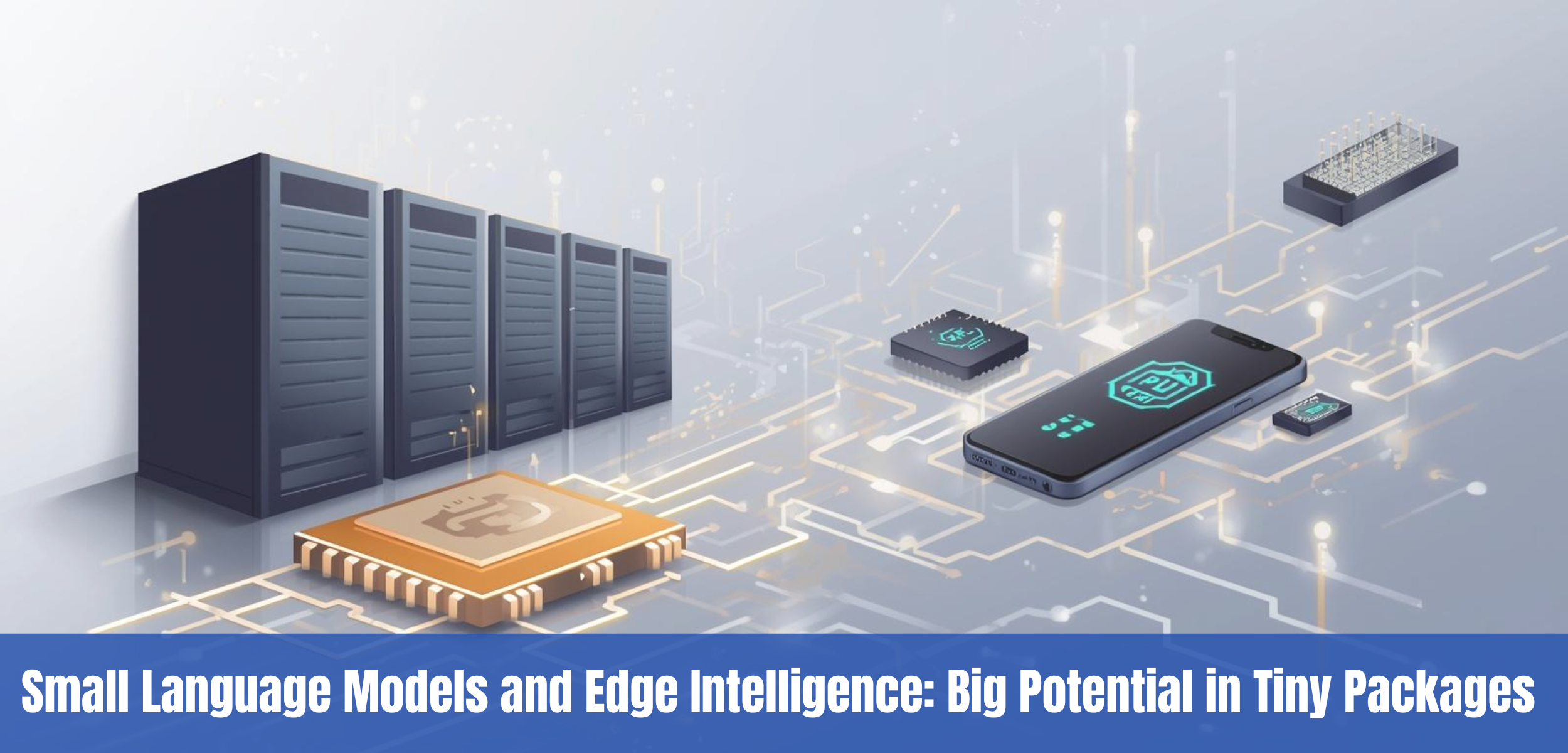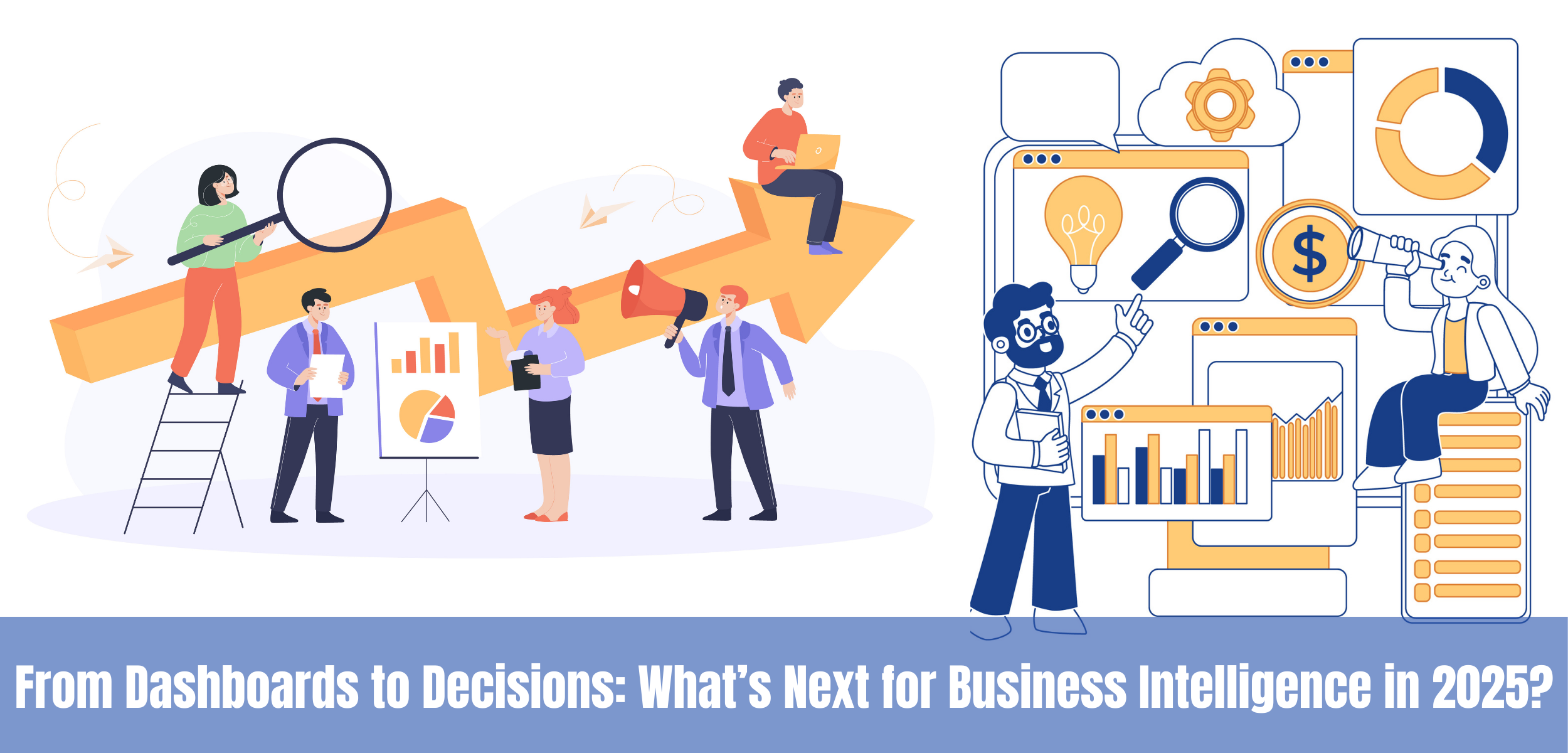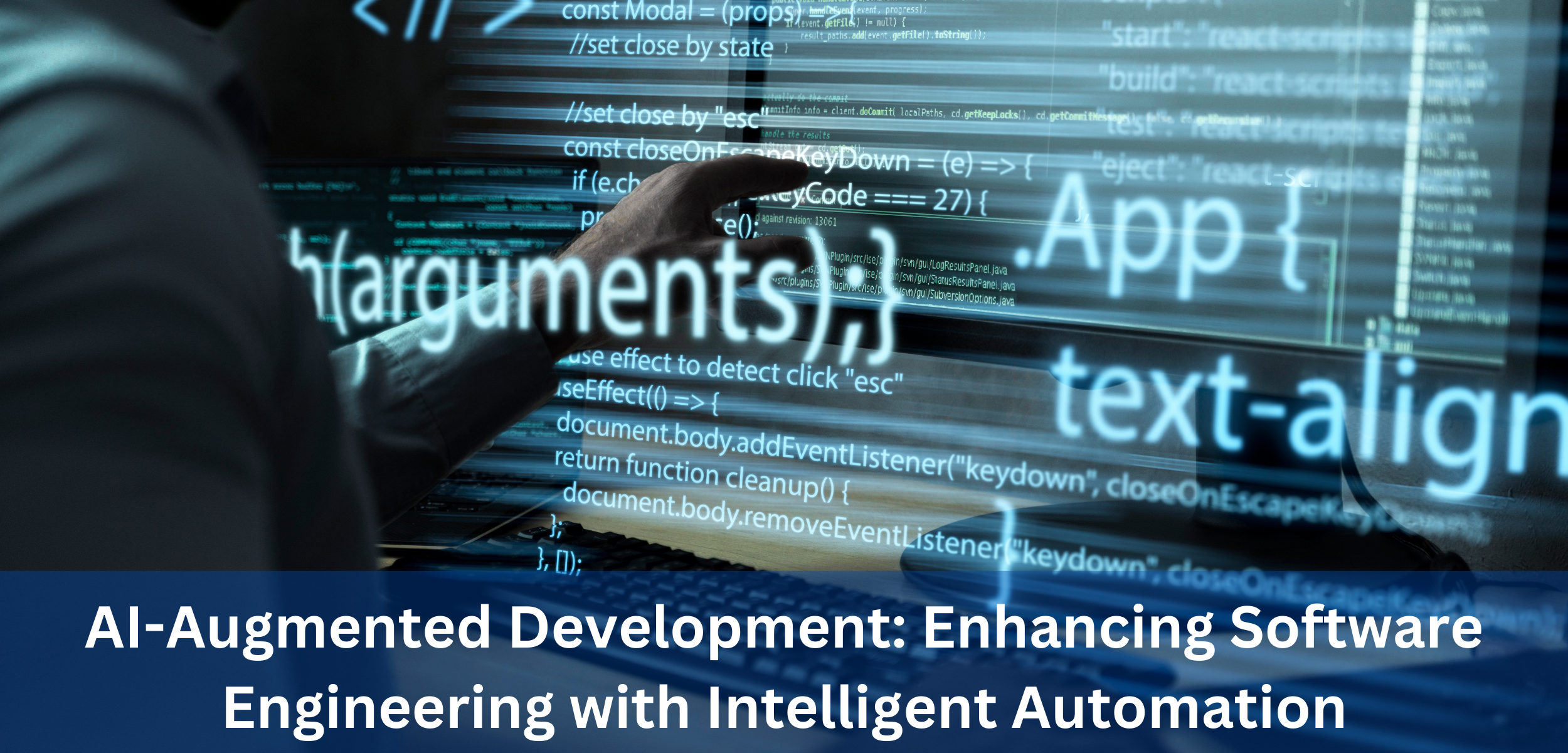Software development has always been shaped by tools, practices, and the demands of the time. From the days of monolithic applications, built line by line to today’s cloud-native systems, each era has introduced new ways of thinking and building. The arrival of Artificial Intelligence is not just another incremental step. It marks a shift in how software is planned, written, tested, and operated.
This article looks at what development looked like before AI, how it is evolving with AI, and what it means for teams, businesses, and careers. The AI referenced here is specifically the GenAI ; GenAI works like a supercharged autocomplete. It predicts the next word, line of code, or design element based on context, generating coherent and useful output that feels human-like. The Generative Transformers are capable of producing human-like text, code, designs, and insights, fundamentally reshaping how developers ideate, collaborate, and deliver software.
Software Development Before AI

For decades, the process followed a familiar path:
- Requirements and analysis were handled through meetings, workshops, and written documentation. Teams relied on manual estimation and human interpretation of user needs.
- Architecture and design required architects to build diagrams and make choices based on patterns and experience. Threat modeling was a slow and detail-heavy exercise.
- Implementation was entirely in the hands of developers. Every feature, every test, and every refactor was written by hand. Boilerplate code consumed large amounts of time.
- Testing meant engineers or QA teams creating unit, integration, and end-to-end cases manually. Improving coverage was a painstaking task.
- Deployment pipelines existed but needed heavy scripting. Canary releases, rollbacks, and approvals were defined by people and maintained through constant oversight.
- Operations teams monitored logs and metrics with thresholds set by humans. Incident response was reactive and heavily dependent on manual triage.
- Security was handled through periodic scans. Vulnerability management often involved spreadsheets and manual prioritization.
This model placed the bulk of responsibility on humans. Progress was steady but slow, and repetitive tasks consumed as much effort as higher-value design and decision-making.
Software Development After AI
.jpg?width=4500&height=3000&name=programming-background-collage%20(1).jpg)
The picture looks very different with AI entering the cycle:
- Requirements gathering now includes AI tools that can extract acceptance criteria from calls, summarize documents, and even create backlog items. Traceability between features and tests is easier to maintain.
- Architecture is assisted by systems that can draft decision records, propose standard reference architectures, and highlight possible security risks. Human architects remain accountable but benefit from a starting point.
- Coding no longer means writing every line. Developers guide AI systems that generate boilerplate, propose refactors, or even suggest full implementations. Engineers act as curators, ensuring quality and context are not lost.
- Testing benefits from AI that writes unit test stubs, generates contract tests from APIs, and even detects flaky tests. This accelerates coverage while maintaining reliability.
- Deployment pipelines are safer and more adaptive. AI can score risks in pull requests, draft release notes, and even design canary rollout strategies.
- Operations gain strength from AIOps. AI can detect anomalies in real time, summarize incidents, and suggest resolutions. Human operators decide which actions to take.
- Security receives continuous monitoring. AI can generate software bills of materials, group vulnerabilities by impact, and recommend fixes.
The result is not a replacement of developers but a rebalancing of their work. Engineers spend less time on repetitive tasks and more time on architecture, decision-making, and governance.
Tech Stack Before AI vs After AI
The shift in practice is mirrored in the technology stack itself.
|
Layer |
Before AI Tech Stack |
After AI Tech Stack |
Key Differences |
|
Languages |
Java, C++, C#, Python, PHP |
Same languages plus AI-augmented coding (Copilot-like tools) |
Languages stay, but generation and assistance evolve |
|
Frameworks |
Spring, .NET, Django, Rails |
Traditional frameworks plus AI-driven template generation and auto-refactor utilities |
Faster scaffolding and context-aware code fixes |
|
Databases |
MySQL, Oracle, PostgreSQL |
Same plus AI-driven query optimizers and auto-scaling cloud DBs |
AI reduces tuning complexity |
|
DevOps Tools |
Jenkins, Puppet, Chef, Ansible |
GitHub Actions, GitLab CI with AI-powered build/test insights |
AI integrated directly in pipelines |
|
Monitoring |
Nagios, Zabbix, custom scripts |
AI-based AIOps (Datadog AI, Dynatrace AI) with anomaly detection |
AI predicts issues instead of waiting for alerts |
|
Testing Tools |
JUnit, Selenium, TestNG |
Tools with AI test generation, mutation testing, and auto-maintenance of test suites |
Maintenance becomes lighter |
|
Security Tools |
Nessus, Burp Suite, OWASP scanners |
AI vulnerability triage, SBOM generators, AI-driven static/dynamic analysis |
Security becomes continuous, not periodic |
In short, the core stack of programming languages and frameworks still exists, but every layer is being infused with AI support. What used to be manual configuration, scripting, and oversight is shifting toward AI-assisted decision-making and automation.
Side-by-Side View of the Process
|
Phase |
Before Gen AI |
After Gen AI |
Human Role |
|
Requirements |
Manual story writing and estimates |
AI summaries, story splitting, dependency mapping |
Product and engineering validate priorities |
|
Architecture |
Hand-drawn diagrams and models |
Draft ADRs, reference designs, automated checklists |
Architects refine and finalize |
|
Coding |
Every line written by developers |
AI generation, semantic search, context refactors |
Developers curate and enforce standards |
|
Testing |
Manual test case authoring |
Automatic stubs, schema-based tests, mutation checks |
QA defines edge cases and acceptance |
|
Deployment |
Scripting by hand |
Policy guardrails, automated rollouts |
DevOps ensure compliance and safety |
|
Operations |
Threshold alerts, manual runbooks |
AI anomaly detection, incident summaries |
SREs decide remediation actions |
|
Security |
Periodic scans |
Continuous analysis, SBOM automation |
Security leads approve fixes |
Technical Shifts
The mechanics of this transformation go deeper than surface-level convenience. Key innovations include:
- Embedding-based retrieval that allows AI to search entire repositories with semantic understanding, replacing traditional regular expressions (regex) or keyword methods.
- Abstract Syntax Tree (AST)-aware refactoring where changes are applied with awareness of syntax trees, reducing errors in migrations.
- Spec-to-test generation that builds tests directly from API contracts or schemas.
- AI triage for vulnerabilities which groups common vulnerabilities and exposures (CVEs) by exploitability and recommends patch strategies.
- Log and trace anomaly models that spot unusual sequences in production before failures spread.
These methods integrate traditional software engineering principles with machine learning. They do not discard the old methods but extend them.
Metrics and Accountability
Organizations now measure not only code output but also how AI impacts development. Useful indicators include:
- Cycle time and throughput of pull requests
- Escaped defect counts and mutation test scores
- Change failure rates and rollback frequency
- Time to remediate security vulnerabilities
- AI suggestion acceptance rate and revert rate
Such metrics keep the focus on quality and guard against over-reliance on automated suggestions.
Careers in the AI Age
GenAI is redefining the role of software development. While repetitive coding tasks are reduced, areas such as system architecture, data governance, and security are becoming more prominent. Developers now play a critical role in supervising automation, validating AI-generated outputs, and making strategic trade-offs that require expertise and oversight..
Software development remains a human-driven craft, only now with stronger and more adaptive tools.
Conclusion
The evolution of software development in the AI age is not about replacement. It is about collaboration between human judgment and machine efficiency. Businesses that embrace this balance will deliver software faster, with higher quality, and with stronger resilience.
If your organization is exploring how to integrate AI into development practices, Evermethod Inc can help you design strategies, deploy the right tools, and prepare teams for the future. Reach out today to start building smarter software with confidence.
Get the latest!
Get actionable strategies to empower your business and market domination
.png?width=882&height=158&name=882x158%20(1).png)

.png/preview.png?t=1721195409615)

%2013.png)


